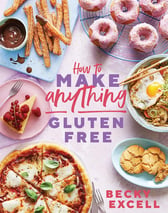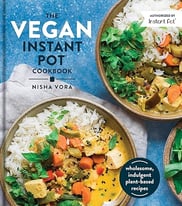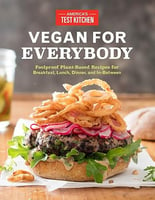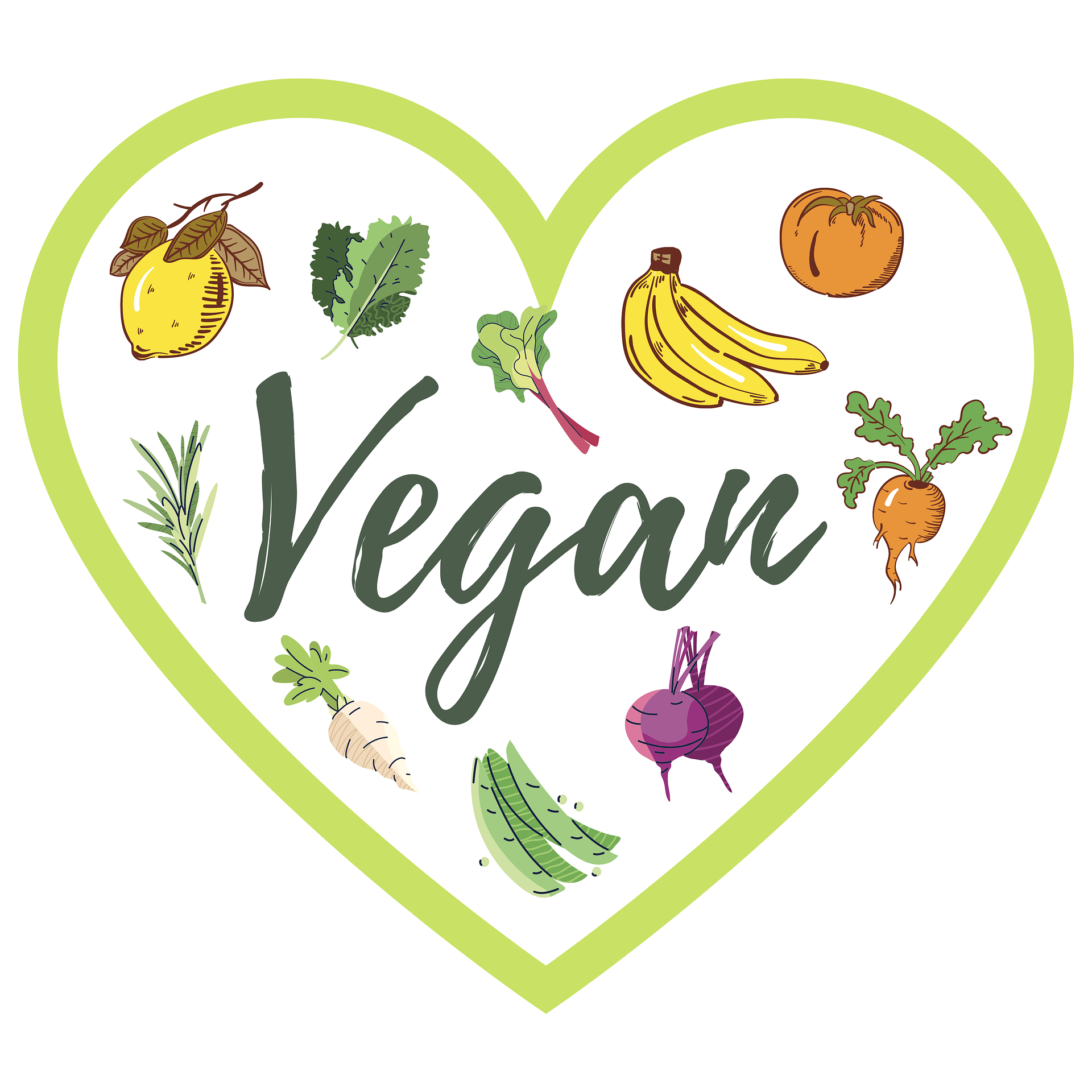
Gluten-Free Vegan Diet: A Simple Guide to Eating Healthy and Delicious
Blog poCombining a gluten-free and vegan lifestyle can seem like a challenge, but it’s absolutely doable—and it can be incredibly rewarding for your health and the planet. Whether you have gluten sensitivity, celiac disease, or choose to live a vegan lifestyle for health or ethical reasons, you don’t have to sacrifice flavor or nutrition. In this guide, we’ll show you how to enjoy a healthy, balanced, and delicious gluten-free vegan diet.st description.
BLOG
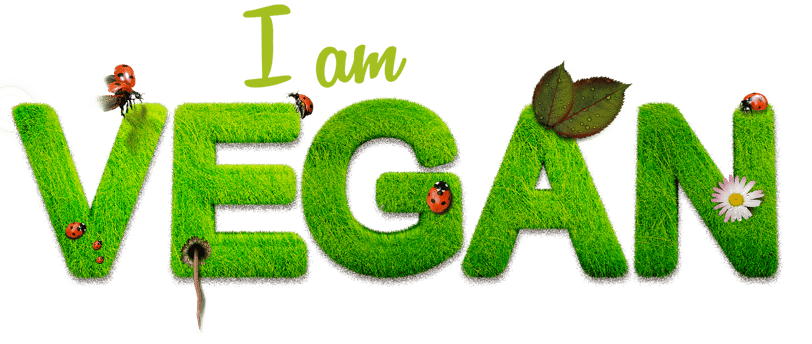

What is a Gluten-Free Vegan Diet?
A gluten-free vegan diet means you avoid:
Gluten: A protein found in wheat, barley, rye, and some processed foods.
Animal products: Meat, fish, eggs, dairy, and other animal-derived ingredients (including honey).
This means you eat whole plant foods like fruits, vegetables, legumes, grains (without gluten), and nuts, while avoiding anything that contains gluten or animal products.
Why Choose a Gluten-Free Vegan Diet?
There are several reasons why people choose a gluten-free vegan lifestyle:
Health Benefits
Many people go gluten-free and vegan for health reasons. A plant-based diet is rich in vitamins, minerals, fiber, and antioxidants, which support a healthy heart, digestive system, and immune system. Avoiding gluten and animal products can reduce inflammation and may help with conditions like arthritis, diabetes, and digestive disorders.Weight Management
Both gluten-free and vegan diets tend to be lower in calories and unhealthy fats, which can help with weight loss or maintenance. Plus, plant-based foods are nutrient-dense, so you feel full and satisfied without overeating.Environmental Impact
A vegan diet has a smaller carbon footprint because it reduces demand for animal farming, which is resource-intensive and a major contributor to greenhouse gases. Combined with a gluten-free diet, this choice helps support a sustainable food system.Animal Welfare
Choosing vegan foods means supporting ethical treatment of animals. By avoiding animal products, you take a stand against factory farming and animal cruelty.
How to Eat Gluten-Free and Vegan
A balanced gluten-free vegan diet is possible with the right foods and a little planning. Here’s how you can build a healthy plate:
1. Focus on Naturally Gluten-Free Whole Foods
Most fruits, vegetables, beans, legumes, and seeds are naturally gluten-free. Fill your plate with a variety of these nutrient-packed foods to ensure you’re getting all the vitamins, minerals, and fiber you need.
Fruits: Apples, berries, bananas, oranges, grapes, and avocados.
Vegetables: Leafy greens, carrots, sweet potatoes, broccoli, and bell peppers.
Legumes: Lentils, beans, peas, and chickpeas are great sources of plant-based protein and fiber.
Whole Grains: Quinoa, rice, buckwheat, millet, and oats (make sure they’re certified gluten-free).
Nuts and Seeds: Almonds, walnuts, chia seeds, flaxseeds, and sunflower seeds are packed with healthy fats and protein.
2. Use Gluten-Free Grains and Flours
Many grains and flours are naturally gluten-free, making them great staples for your diet. Some excellent gluten-free options include:
Quinoa: A complete protein, meaning it contains all nine essential amino acids.
Brown Rice: A filling and fiber-rich whole grain.
Millet: A versatile grain that's perfect for salads, soups, and baking.
Gluten-Free Oats: Look for certified gluten-free oats, as regular oats can be cross-contaminated with gluten.
Gluten-Free Flours: Almond flour, coconut flour, rice flour, chickpea flour, and tapioca flour are perfect for baking gluten-free vegan treats.
3. Vegan Protein Sources
Since you’re avoiding animal products, it’s important to find plant-based sources of protein to keep your body strong and energized. Here are some vegan, gluten-free protein sources:
Tofu and Tempeh: Both are made from soybeans and are packed with protein.
Lentils and Beans: Chickpeas, black beans, kidney beans, and lentils are great for stews, curries, and salads.
Nuts and Seeds: Almonds, pumpkin seeds, and hemp seeds are protein-rich.
Edamame: These young soybeans are a great snack or salad topping.
Vegan Protein Powders: There are many plant-based protein powders (like pea, hemp, or brown rice protein) that are gluten-free and vegan.
4. Healthy Fats
Healthy fats are an important part of any diet, and there are plenty of plant-based, gluten-free sources:
Avocados: Full of healthy monounsaturated fats and fiber.
Olive Oil: Great for cooking or drizzling over salads.
Nuts and Nut Butters: Almonds, walnuts, and peanut butter are good fat sources.
Coconut Oil: Perfect for baking or sautéing.
5. Read Labels Carefully
When following a gluten-free vegan diet, it’s essential to read food labels. Many packaged foods contain hidden gluten or animal-derived ingredients like whey, casein, or eggs. Look for certified gluten-free and vegan labels, or stick to whole, unprocessed foods as much as possible.
Easy and Delicious Gluten-Free Vegan Meals
Here are a few simple and tasty ideas for meals that fit both gluten-free and vegan diets:
Vegan Buddha Bowls: A bowl filled with quinoa, roasted veggies, avocado, chickpeas, and tahini dressing.
Sweet Potato and Black Bean Tacos: Soft corn tortillas (make sure they’re gluten-free) filled with roasted sweet potatoes, black beans, salsa, and guacamole.
Chickpea Salad Sandwich: Mash chickpeas with vegan mayo, mustard, and your favorite veggies for a protein-packed sandwich (use gluten-free bread).
Lentil Soup: A hearty soup made with lentils, carrots, onions, garlic, and tomatoes.
Zucchini Noodles with Pesto: Spiralized zucchini tossed with a vegan pesto made from basil, garlic, pine nuts, and olive oil.
Tips for Transitioning to a Gluten-Free Vegan Lifestyle
Plan Your Meals: A little meal planning can go a long way. Make sure to include plenty of fruits, vegetables, protein sources, and gluten-free grains in your meals.
Stock Up on Essentials: Keep gluten-free grains, legumes, plant-based milk, and vegan-friendly snacks on hand. It’ll make meal prep easier and keep you from reaching for unhealthy options.
Find Substitutes: There are gluten-free and vegan substitutes for almost every non-vegan or gluten-containing product. For example, use almond flour instead of wheat flour, or try vegan cheese made from nuts or soy.
Join Online Communities: There are plenty of blogs, forums, and social media groups where you can find recipes, tips, and support from people who follow a gluten-free vegan diet.
Conclusion
A gluten-free vegan diet is a healthy, ethical, and sustainable way to eat. By focusing on naturally gluten-free plant foods, finding protein-packed vegan options, and planning your meals, you can create delicious and nourishing meals that meet all your dietary needs. Whether you're doing it for health, the environment, or animal welfare, this way of eating can be simple, satisfying, and full of flavor.
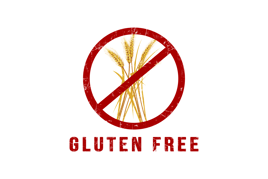

The Ultimate Bestsellers: Top-Rated Books You Should Definitely Buy
Vegan for Everybody
Explore More
Inspiration
Explore tips for fitness, decor, and wellness.
Connect
Discover
© 2024. All rights reserved.

